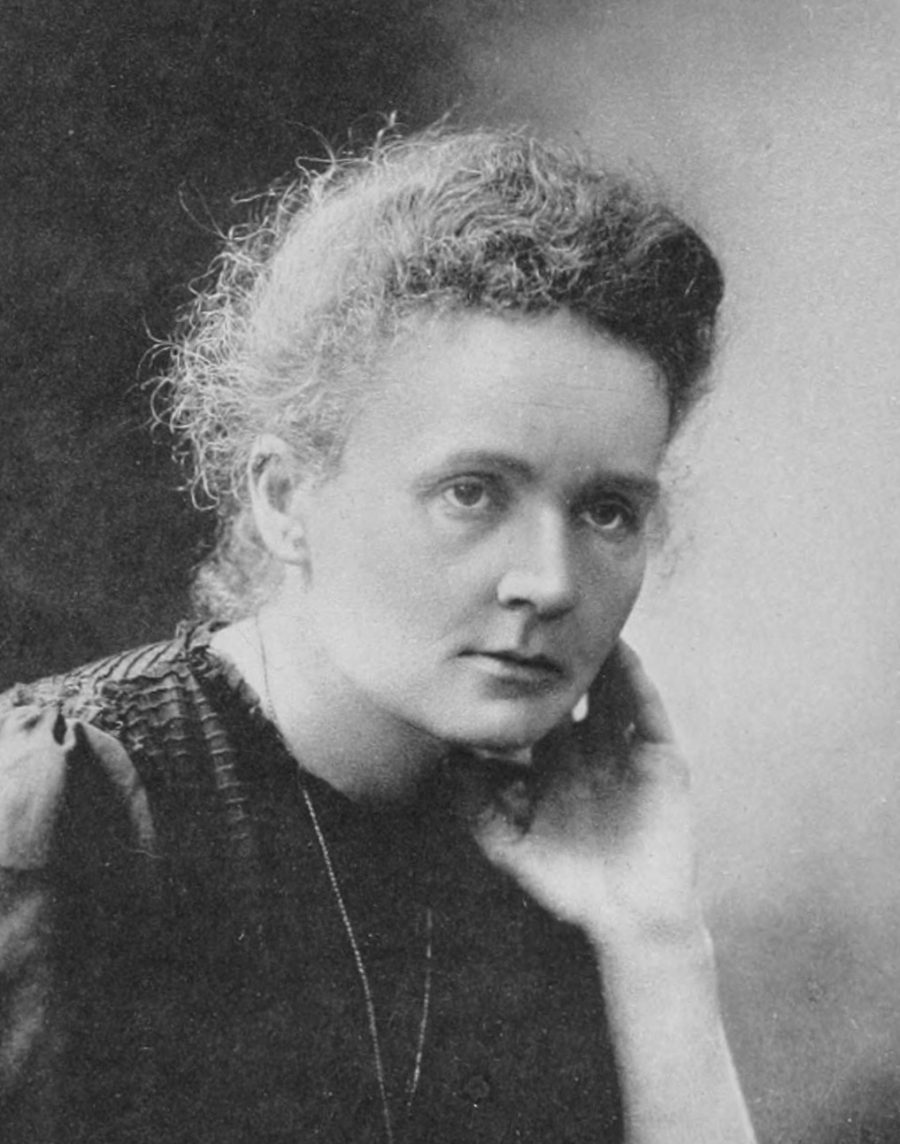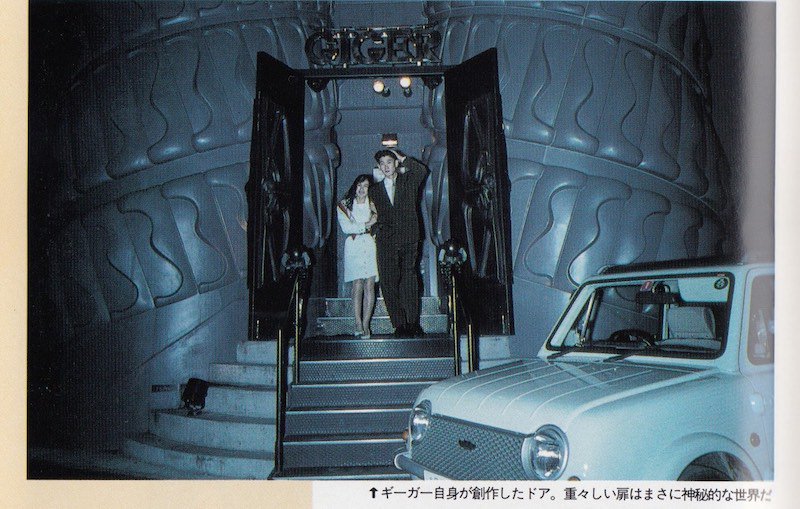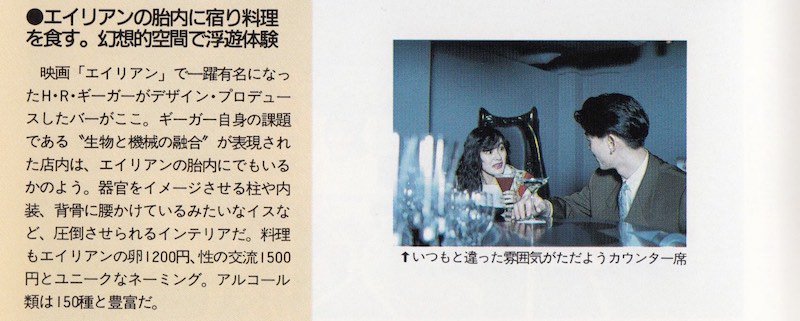The “conquest of space,” so to speak—the human understanding of and travel to the cosmos—has come about through a succession of great scientific minds, as well as some of the most interesting and accomplished people all around. We never seem to tire of learning about their devotion to mathematics, physics, medicine, and scientific discovery writ as large as possible. But sometimes the conquest of space has required the unique talents of magicians. From the ancient mages who excited human imagination about the stars for thousands of years, to alchemists like Isaac Newton and beyond.
Witness the strange career of Marvel Whiteside Parsons, better known as Jack Parsons: sci-fi fanatic, occultist, disciple of Aleister Crowley, and onetime magical partner of L. Ron Hubbard. Parsons is most famous for founding the Jet Propulsion Laboratory, the research center that powers NASA. Then we have magician Nevil Maskelyne—son of magician John Nevil Maskelyne, and possible descendent, so he said, of the fifth British Royal Astronomer, “also named Nevil Maskelyne,” writes Jason Daley at Smithsonian. Maskelyne the very much younger documented the first total solar eclipse ever captured on film.
Granted, he was a stage magician, not a follower of “The Great Beast 666.” Maskelyne’s interest in showmanship and spectacle drew him not to sex magic but to filmmaking and astronomy, interests he combined when he made the first film ever of a total solar eclipse. Nowadays, millions of people have the means to make such a film in their pocket, provided they have a good view of the infrequent cosmic event (and do not ever look at it directly). In 1900, when Maskelyne undertook the challenge, filmmaking was just emerging from infancy into toddlerhood.
The Lumière brothers, often credited as the first filmmakers, had held their first public screening only five years earlier. They called their early productions actualités, essentially “reality films.” Some of these, like the legendary L’arrivée d’un train en gare de La Ciotat, famously shocked and terrified audiences out of their seats. In 1900, film was still a kind of magic, and “like magic,” says Bryony Dixon, curator at the British Film Institute (BFI), film “combines both art and science.” The story of Maskelyne’s achievement is “a story about magic.”
Maskelyne’s love for film inspired in him a passion for astronomy as well, and he eventually became a fellow of the Royal Astronomical Society. Unfortunately, his first cinematic contribution to the field disappeared, never to be seen again. Two years before he shot the footage above from the ground in North Carolina on May 28, 1900, on a venture funded by the British Astronomical Association, Maskelyne traveled to India to document a similar event. The film cannister was stolen on his return trip home
But he had learned what he needed to, having designed “a special telescopic adapter for a movie camera,” just as he and his father had earlier improved upon the film projector by building their own. Maskelyne had his spectacle. He showed the film in his theater, and the Royal Astronomical Society ensured that we could see it almost 120 years later by archiving a minute of the footage. Thanks to a partnership between the British Film Institute and the RAS, the film has been restored, digitized in 4K resolution, and made freely available online as part of a trove of Victorian-era films” just released by the BFI.
While thousands, maybe millions, of different moving images of 2017’s solar eclipse exist on social media accounts, of this event 120 years ago there has existed only one. Now that brief moment in time can reach millions of people in an instant, and exist in an infinite number of perfect copies, a phenomenon that might have seemed in 1900 like an advanced form of magic.
via Smithsonian
Related Content:
Moons, Moons, They’re Everywhere. The Unexpected Shadows of the Solar Eclipse
Last Night’s Solar Eclipse in a 60-Second, 700-Picture Timelapse Video
Solar Eclipse Seen From Outer Space
Josh Jones is a writer and musician based in Durham, NC. Follow him at @jdmagness












